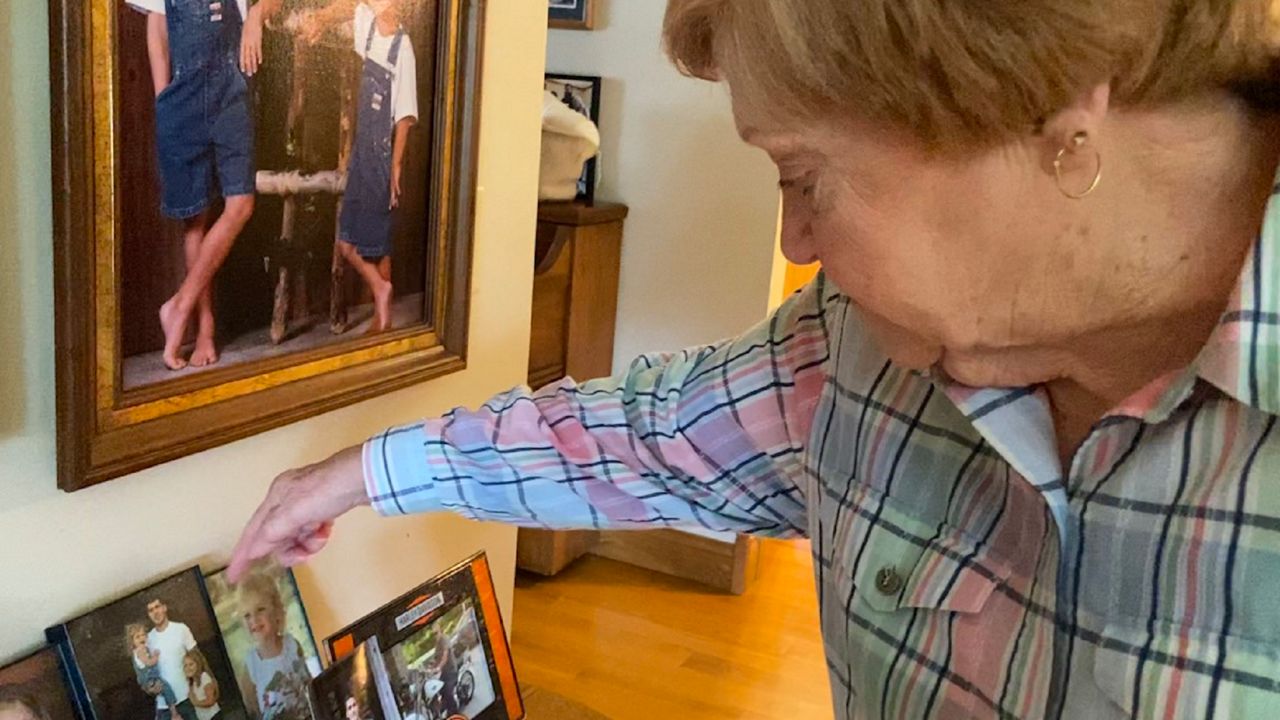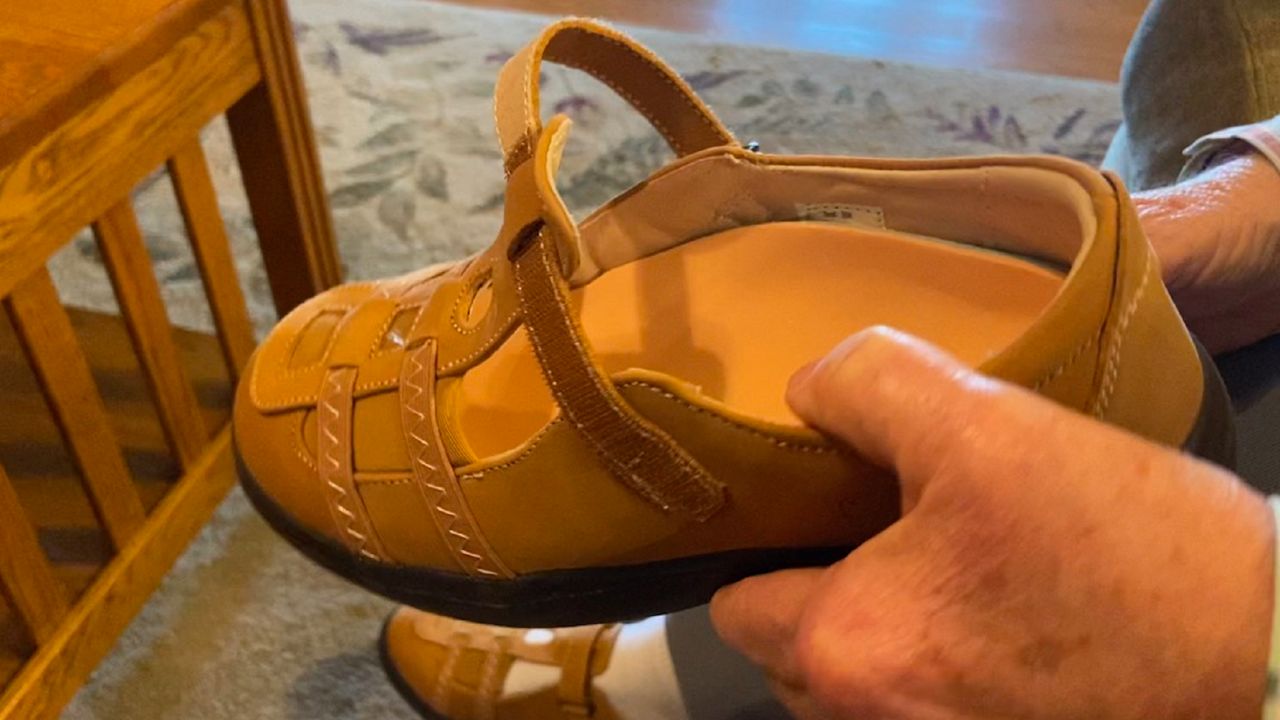CLEVELAND — The Amputee Coalition of America estimates there are 185,000 new lower extremity amputations each year in the United States. That’s more than 500 amputations every day.
University Hospitals Cleveland Medical Center has put an emphasis on preventing the loss of limbs. They are the site of a clinical trial that does just that.
This time last year, 74-year-old Linda McClain was at high risk for a below-the-knee-amputation. McClain struggles with COPD, atrial fibrillation or A-Fib and diabetes. A diabetic ulcer on her toe threatened life as she knew it.
"It just started out to be little. And I looked down one day and I had three black toes," she said.
McClain is an avid line dancer and likes to keep active for her six grandchildren and six great-grandchildren. She was in severe pain and said she knew what could happen after an initial amputation.

"I’ve seen a lot of people I know that have lost their leg clear up to here. It just won’t heal and they keep going up,” she said.
Instead, McClain was approved for a clinical trial at University Hospitals called LimFlow, a minimally invasive treatment that uses a device to disable valves in the vein, reversing flow to allow blood flow back into the foot and restoring circulation.

Her doctor is one of just 17 physicians in the country who perform this procedure.
“I never really gave it much thought. I just wanted to save my foot and leg. They said it was OK and that was fine with me," McClain said.
She did lose her toes. They were too far gone. But with the help of an orthotic, McClain will return to her independent lifestyle and of course — line dancing.

Dr. Mehdi Shishehbor, the Interventional Cardiologist at University Hospitals who performed McClain's procedure, said he believes losing a limb impacts the person as a whole.
“We believe saving limbs saves lives . . . so they’re kind of connected to each other," he said.
Shishehbor is the National Principal Investigator for the LIMFLOW technology.
“We’ve been very fortunate because there have been a lot of advances in technology. So having the right team, the right passion, the right technology and then kind of thinking outside of the box,” he said.
He said out of all of the patients who are sent to him thinking they are going to lose their leg, they are able to save about 90% of them.
“We have made a commitment to limb salvage, to saving patients legs and in doing so we created something very special here in January of 2019. It’s called the Limb Salvage Advisory Council, LSAC, and this council basically ensures that any patient that comes to University Hospitals and has been told by any operator or any doctor that they need a major amputation that procedure will not go on until a group of multi-specialty experts discuss the case,” he said.
Shishehbor urges those facing amputation to always seek a second or third opinion," he said. "When I see my patients walking . . . When I see them line dancing . . . When I see them happy, when I see them able to take their grandchildren for a walk, they can take their dog for a walk . . . It’s the most pleasure that a physician can receive, to be honest with you," he said.
"This is the hard work that we put in, the many years of education and to have the opportunity and the honor to be able to impact someone the way that we can by saving their legs . . . In the case of Linda, is something that you can’t get from anything else."


